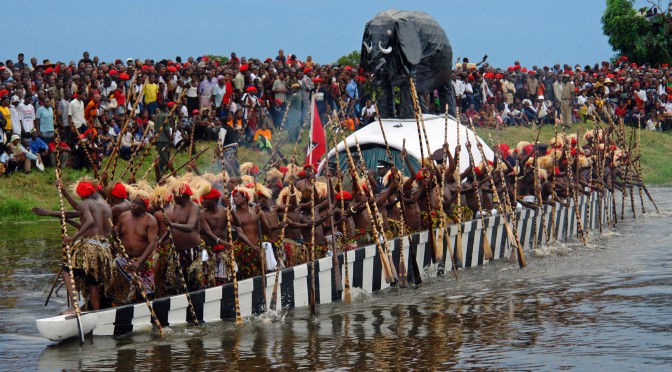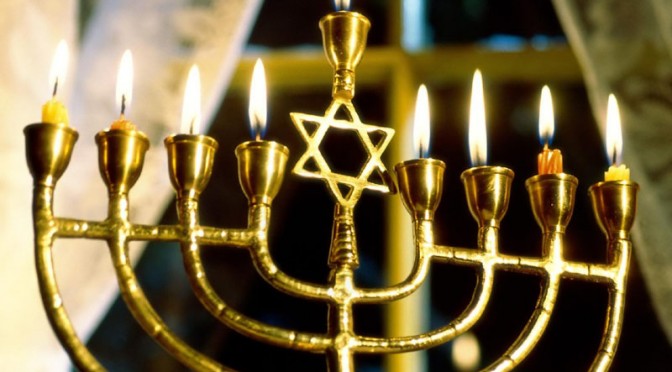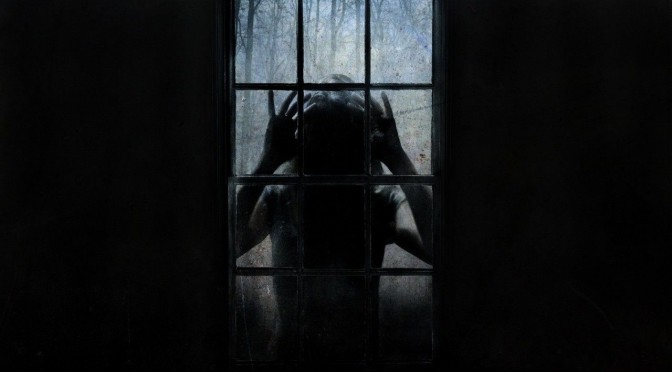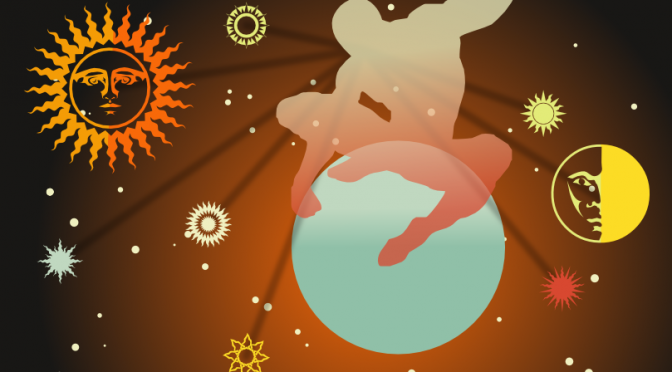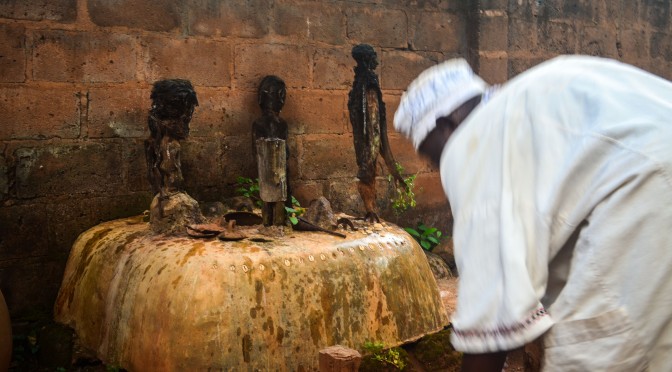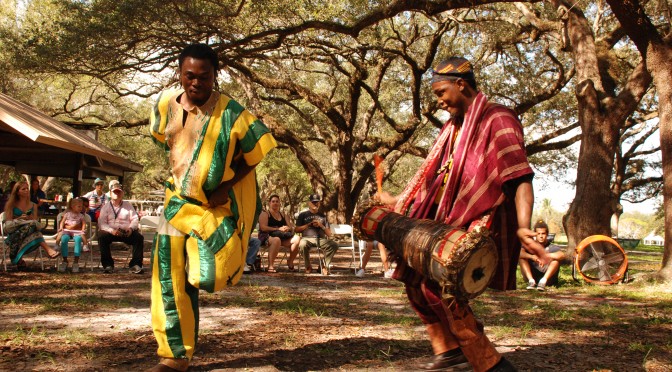The Fantasy Genre has long been dominated by the religions and customs of countries touched on by the Crusades. While this makes sense, with the familiar image of a knight wandering foreign lands being key to the genre itself, there has been stagnation in recent times. As such, I’ve taken it upon myself to look into the cultures of the world and find fascinating details about other mythologies often overlooked by the genre we so love, going on a bit of a tour of world mythologies.
When we last left off, I talked about how Central Africa was home to a variety of cultures that had managed to beat back the wilderness thriving in the heart of the continent. Though details are scant few now, the fact remained that they were still at one time thriving in one of the harshest environments possible. So one would have to ask why these cultures, despite surviving the jungles, would start to disappear over time. During my research, it was difficult to find sources, articles, or even details on the cultures of the Congo. Somehow, they’d slowly disappeared and all signs pointed one direction: The Bantu.
The Bantu people of Central and East Africa, a collection of several smaller groups united by culture and parts of their language, are among the most prosperous of the region. And, as they continued to grow, they gradually started to become the dominant culture in the area. Several smaller religions in the region are generally variations of Bantu and those that are not were eventually phased out in favor of the more prevalent Bantu beliefs. In essence, while these smaller cultures survived the Congo, the Bantu did it better. And, the thing is, their impacts are felt even in the west, where inspirations from Bantu belief eventually bled into the African culture that did reach us on this side of the world.
Through stories which were propagated through much of the south and even eventually adapted by Disney, we’ve come to know of the Bantu indirectly through the stories of “Uncle Remus” and tales of the Brer Rabbit. This figure, which also adopts traits and stories from Anansi and a few Native American tales, happened to be heavily influenced by the Hare of Bantu mythology, making Hare one of the two best known figures of Sub-Saharan mythology in the west. And so, today, let’s take a look at where Hare (and thus Brer) came from. Continue reading Mythology World Tour: The Bantu →



